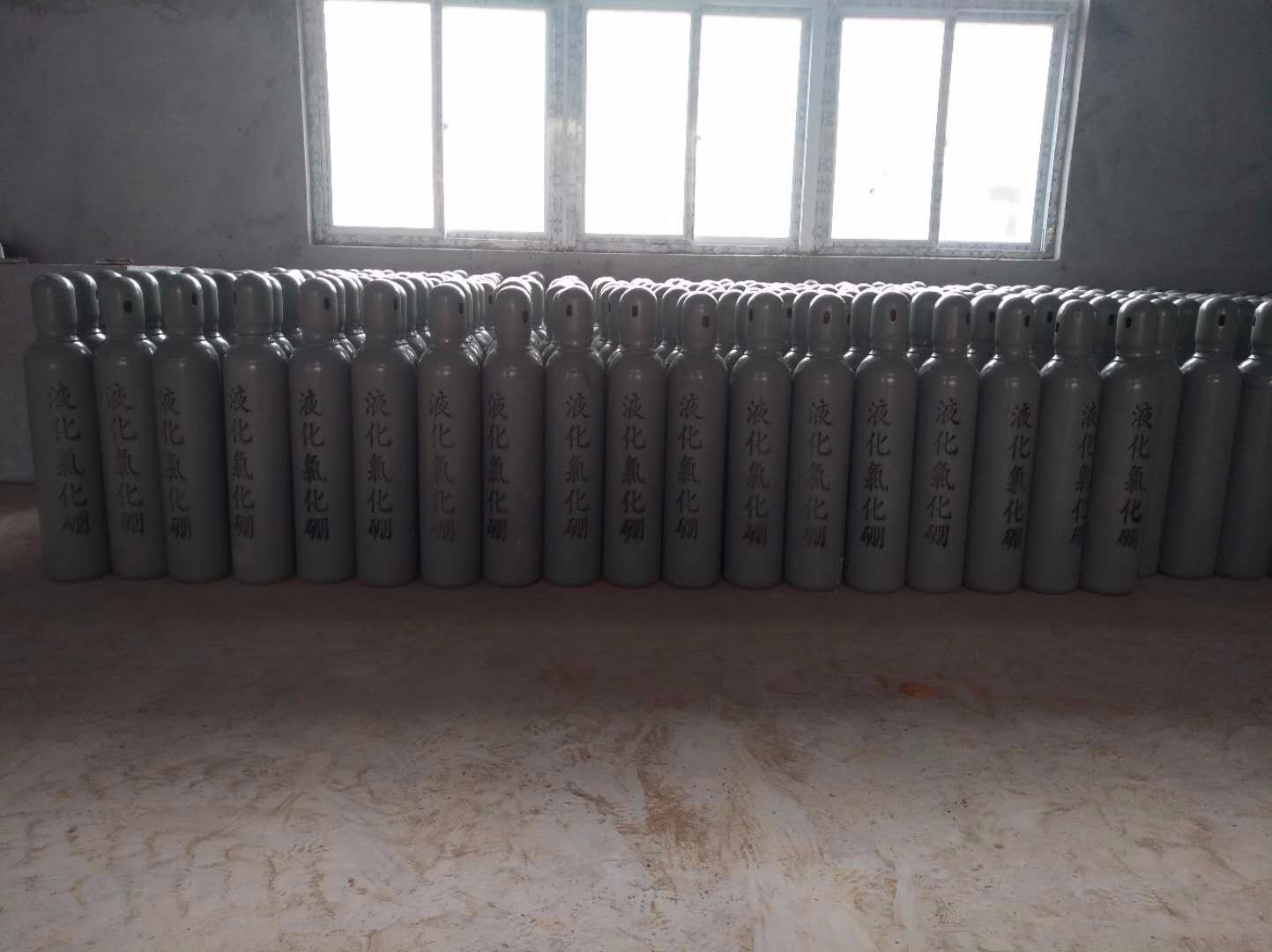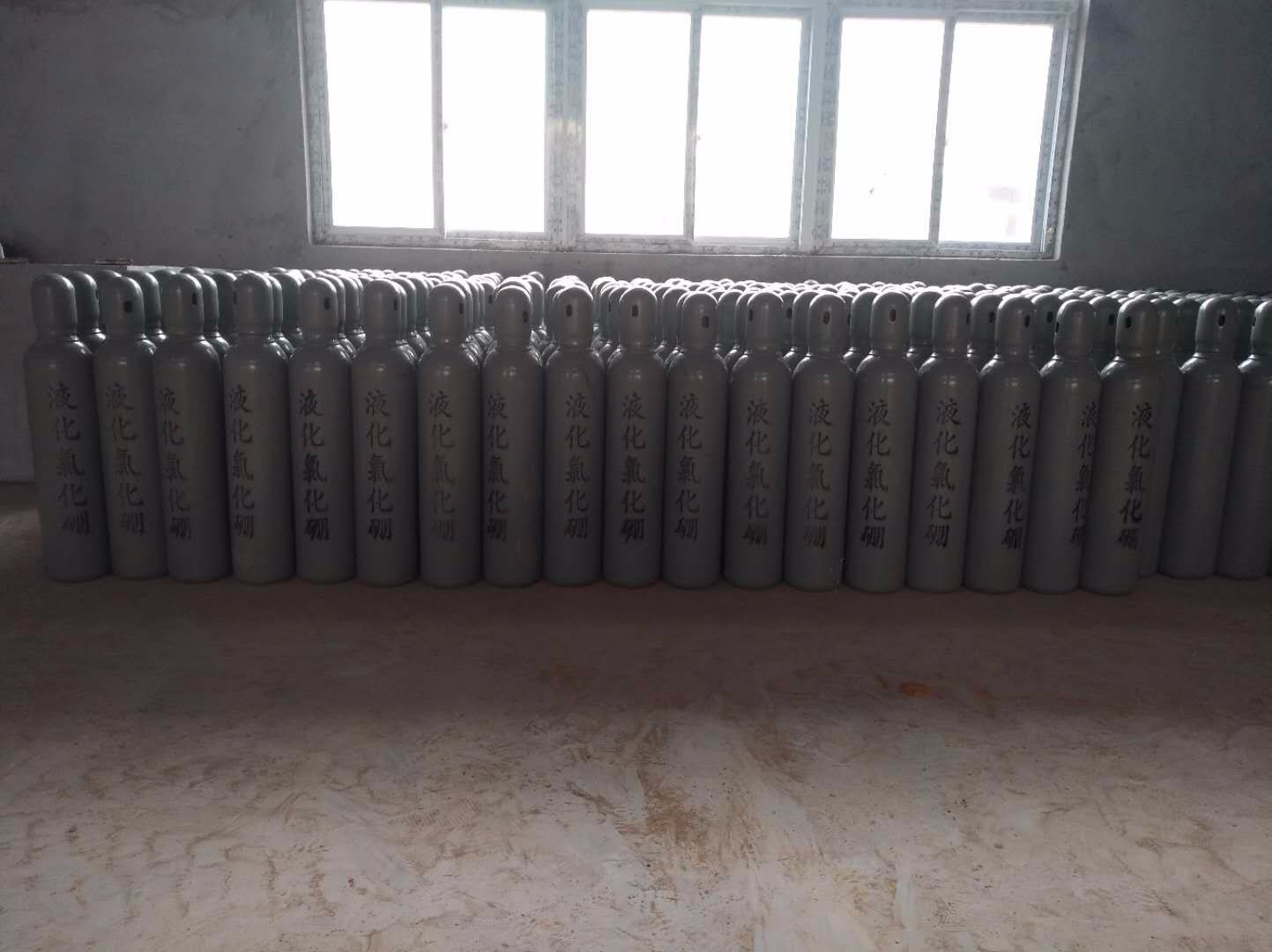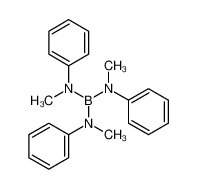| Product name | Boron trichloride |
|---|
| Product number | - |
|---|---|
| Other names | BCl3 |
| Identified uses | For industry use only. |
|---|---|
| Uses advised against | no data available |
| Company | MOLBASE (Shanghai) Biotechnology Co., Ltd. |
|---|---|
| Address | Floor 4 & 5, Building 12, No. 1001 North Qinzhou Road, Xuhui District, Shanghai, China |
| Telephone | +86(21)64956998 |
| Fax | +86(21)54365166 |
| Emergency phone number | +86-400-6021-666 |
|---|---|
| Service hours | Monday to Friday, 9am-5pm (Standard time zone: UTC/GMT +8 hours). |
Gases under pressure: Compressed gas
Acute toxicity - Oral, Category 2
Skin corrosion, Category 1B
Acute toxicity - Inhalation, Category 2
2.2 GHS label elements, including precautionary statements| Pictogram(s) | 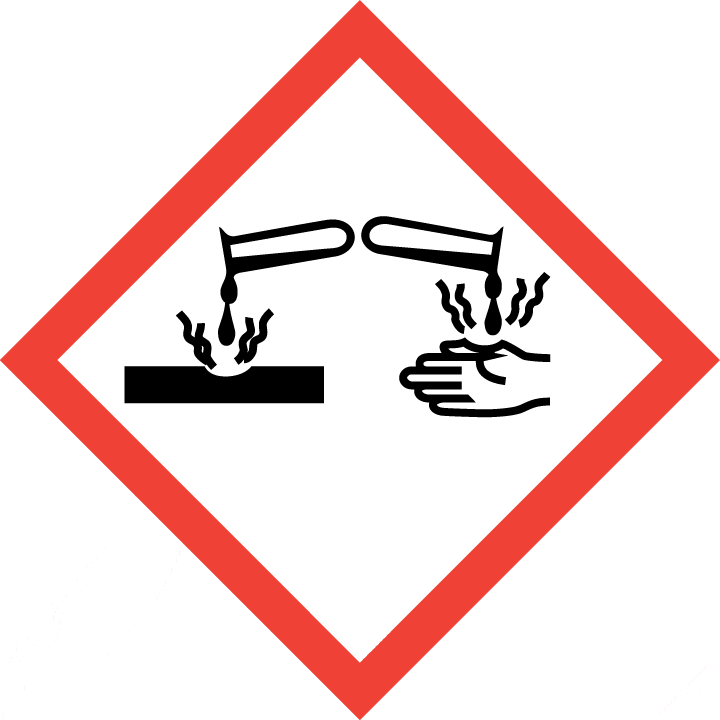  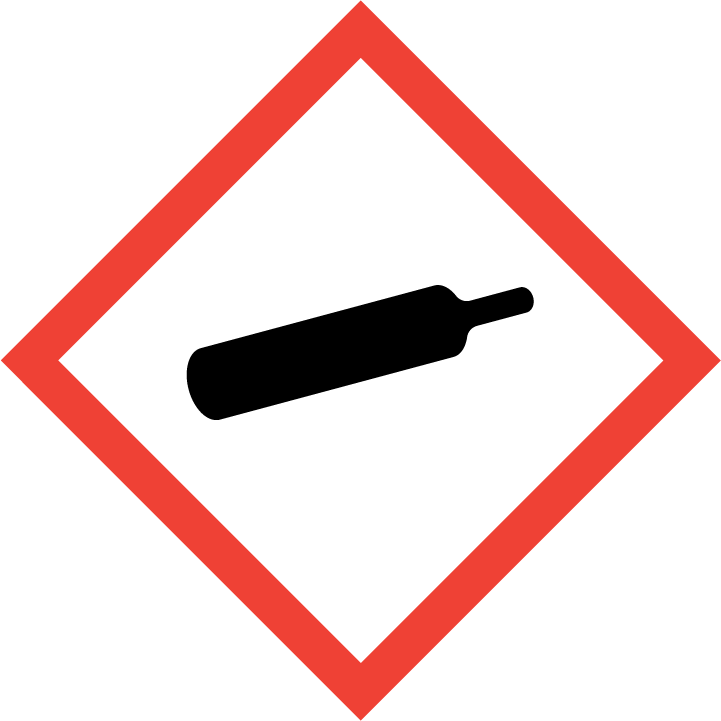 |
|---|---|
| Signal word | Danger |
| Hazard statement(s) | H300 Fatal if swallowed H314 Causes severe skin burns and eye damage H330 Fatal if inhaled |
| Precautionary statement(s) | |
| Prevention | P264 Wash ... thoroughly after handling. P270 Do not eat, drink or smoke when using this product. P260 Do not breathe dust/fume/gas/mist/vapours/spray. P280 Wear protective gloves/protective clothing/eye protection/face protection. P271 Use only outdoors or in a well-ventilated area. P284 [In case of inadequate ventilation] wear respiratory protection. |
| Response | P301+P310 IF SWALLOWED: Immediately call a POISON CENTER/doctor/… P321 Specific treatment (see ... on this label). P330 Rinse mouth. P301+P330+P331 IF SWALLOWED: Rinse mouth. Do NOT induce vomiting. P303+P361+P353 IF ON SKIN (or hair): Take off immediately all contaminated clothing. Rinse skin with water [or shower]. P363 Wash contaminated clothing before reuse. P304+P340 IF INHALED: Remove person to fresh air and keep comfortable for breathing. P310 Immediately call a POISON CENTER/doctor/… P305+P351+P338 IF IN EYES: Rinse cautiously with water for several minutes. Remove contact lenses, if present and easy to do. Continue rinsing. P320 Specific treatment is urgent (see ... on this label). |
| Storage | P410+P403 Protect from sunlight. Store in a well-ventilated place. P405 Store locked up. P403+P233 Store in a well-ventilated place. Keep container tightly closed. |
| Disposal | P501 Dispose of contents/container to ... |
none
3.Composition/information on ingredients 3.1 Substances| Chemical name | Common names and synonyms | CAS number | EC number | Concentration |
|---|---|---|---|---|
| Boron trichloride | Boron trichloride | 10294-34-5 | none | 100% |
Consult a physician. Show this safety data sheet to the doctor in attendance.
If inhaledFresh air, rest. Half-upright position. Artificial respiration may be needed. Refer for medical attention.
In case of skin contactON FROSTBITE: rinse with plenty of water, do NOT remove clothes. Refer for medical attention .
In case of eye contactFirst rinse with plenty of water for several minutes (remove contact lenses if easily possible), then refer for medical attention.
If swallowedNever give anything by mouth to an unconscious person. Rinse mouth with water. Consult a physician.
4.2 Most important symptoms/effects, acute and delayedStrong irritant to tissue. Fumes are corrosive and highly toxic. Boron affects the central nervous system causing depression of circulation as well as shock and coma. May cause severe burns to skin. May result in marked fluid and electrolyte loss and shock. (EPA, 1998)
4.3 Indication of immediate medical attention and special treatment needed, if necessaryON FROSTBITE: rinse with plenty of water, do NOT remove clothes. Refer for medical attention.
5.Fire-fighting measures 5.1 Extinguishing media Suitable extinguishing mediaIf material involved in fire: Use dry chemical, dry sand, or carbon dioxide. Do not use water on material itself. If large quantities of combustibles are involved, use water in flooding quantities as spray and fog. Use water spray to knock-down vapors. Cool all affected containers with flooding quantities of water. Apply water from as far a distance as possible.
5.2 Specific hazards arising from the chemicalWhen heated to decomposition, it emits toxic fumes of chlorides. It will react with water or steam to produce heat, and toxic and corrosive fumes. In hot water, decomposes to hydrochloric acid and boric acid. Fumes and hydrolyzes in moist air to form hydrochloric acid and oily, irritating corrosives. Avoid aniline, hexafluorisopropylidene amino lithium, nitrogen dioxide, phosphine, grease, organic matter, and oxygen. Nitrogen peroxide, phosphine, fat or grease react energetically with boron trichloride. Oxygen and boron trichloride react vigorously on sparking. Boron trichloride and aniline react violently in the absence of a coolant or diluent. Stable. (EPA, 1998)
5.3 Special protective actions for fire-fightersWear self-contained breathing apparatus for firefighting if necessary.
6.Accidental release measures 6.1 Personal precautions, protective equipment and emergency proceduresUse personal protective equipment. Avoid dust formation. Avoid breathing vapours, mist or gas. Ensure adequate ventilation. Evacuate personnel to safe areas. Avoid breathing dust. For personal protection see section 8.
6.2 Environmental precautionsEvacuate danger area! Consult an expert! Ventilation. Personal protection: gas-tight chemical protection suit including self-contained breathing apparatus.
6.3 Methods and materials for containment and cleaning upEvacuate danger area! Consult an expert! Ventilation. (Extra personal protection: gas-tight chemical protection suit including self-contained breathing apparatus).
7.Handling and storage 7.1 Precautions for safe handlingAvoid contact with skin and eyes. Avoid formation of dust and aerosols. Avoid exposure - obtain special instructions before use.Provide appropriate exhaust ventilation at places where dust is formed. For precautions see section 2.2.
7.2 Conditions for safe storage, including any incompatibilitiesFireproof if in building. Separated from food and feedstuffs. See Chemical Dangers.Fireproof if in building. Separated from food and feedstuffs.
8.Exposure controls/personal protection 8.1 Control parameters Occupational Exposure limit valuesno data available
Biological limit valuesno data available
8.2 Appropriate engineering controlsHandle in accordance with good industrial hygiene and safety practice. Wash hands before breaks and at the end of workday.
8.3 Individual protection measures, such as personal protective equipment (PPE) Eye/face protectionSafety glasses with side-shields conforming to EN166. Use equipment for eye protection tested and approved under appropriate government standards such as NIOSH (US) or EN 166(EU).
Skin protectionWear impervious clothing. The type of protective equipment must be selected according to the concentration and amount of the dangerous substance at the specific workplace. Handle with gloves. Gloves must be inspected prior to use. Use proper glove removal technique(without touching glove's outer surface) to avoid skin contact with this product. Dispose of contaminated gloves after use in accordance with applicable laws and good laboratory practices. Wash and dry hands. The selected protective gloves have to satisfy the specifications of EU Directive 89/686/EEC and the standard EN 374 derived from it.
Respiratory protectionWear dust mask when handling large quantities.
Thermal hazardsno data available
9.Physical and chemical properties| Physical state | Clear, colorless liquid or gas, fumes in air |
|---|---|
| Colour | Gas at room temperature |
| Odour | Pungent, irritating odor |
| Melting point/ freezing point | -9°C(lit.) |
| Boiling point or initial boiling point and boiling range | 12.5°C(lit.) |
| Flammability | Not combustible. Gives off irritating or toxic fumes (or gases) in a fire. |
| Lower and upper explosion limit / flammability limit | no data available |
| Flash point | 2°C(lit.) |
| Auto-ignition temperature | no data available |
| Decomposition temperature | no data available |
| pH | no data available |
| Kinematic viscosity | 1.032 cP at 50 deg F |
| Solubility | In water:decomposes |
| Partition coefficient n-octanol/water (log value) | no data available |
| Vapour pressure | 29.72 psi ( 55 °C) |
| Density and/or relative density | 0.738 |
| Relative vapour density | 4.05 (vs air) |
| Particle characteristics | no data available |
no data available
10.2 Chemical stabilityTrialkylboranes are stable indefinitely when stored under an inert atmosphere. /Trialkylboranes/
10.3 Possibility of hazardous reactionsNot flammableThe gas is heavier than air.BORON TRICHLORIDE vigorously attacks elastomers and packing materials. Contact with Viton, Tygon, Saran and natural and synthetic rubbers is not recommended. Highly corrosive to most metals in the presence of moisture. Reacts energetically with nitrogen dioxide/dinitrogen tetraoxide, aniline, phosphine, triethylsilane, or fat and grease [Mellor 5:132 1946-47]. Reacts exothermically with chemical bases (examples: amines, amides, inorganic hydroxides).
10.4 Conditions to avoidno data available
10.5 Incompatible materialsBoron trichloride reacts energetically with nitrogen peroxide, phosphine, or fat and grease.
10.6 Hazardous decomposition productsWhen heated to decomposition it emits toxic fumes of /hydrogens of chloride/.
11.Toxicological information Acute toxicity- Oral: no data available
- Inhalation: LC50 Rat (male) inhalation 2,541 ppm/1 hr
- Dermal: no data available
no data available
Serious eye damage/irritationno data available
Respiratory or skin sensitizationno data available
Germ cell mutagenicityno data available
Carcinogenicityno data available
Reproductive toxicityno data available
STOT-single exposureno data available
STOT-repeated exposureno data available
Aspiration hazardno data available
12.Ecological information 12.1 Toxicity- Toxicity to fish: no data available
- Toxicity to daphnia and other aquatic invertebrates: no data available
- Toxicity to algae: no data available
- Toxicity to microorganisms: no data available
no data available
12.3 Bioaccumulative potentialno data available
12.4 Mobility in soilno data available
12.5 Other adverse effectsno data available
13.Disposal considerations 13.1 Disposal methods ProductThe material can be disposed of by removal to a licensed chemical destruction plant or by controlled incineration with flue gas scrubbing. Do not contaminate water, foodstuffs, feed or seed by storage or disposal. Do not discharge to sewer systems.
Contaminated packagingContainers can be triply rinsed (or equivalent) and offered for recycling or reconditioning. Alternatively, the packaging can be punctured to make it unusable for other purposes and then be disposed of in a sanitary landfill. Controlled incineration with flue gas scrubbing is possible for combustible packaging materials.
14.Transport information 14.1 UN Number| ADR/RID: UN1741 | IMDG: UN1741 | IATA: UN1741 |
| ADR/RID: BORON TRICHLORIDE |
| IMDG: BORON TRICHLORIDE |
| IATA: BORON TRICHLORIDE |
| ADR/RID: 8 | IMDG: 8 | IATA: 8 |
| ADR/RID: II | IMDG: II | IATA: II |
| ADR/RID: no | IMDG: no | IATA: no |
no data available
14.7 Transport in bulk according to Annex II of MARPOL 73/78 and the IBC Codeno data available
15.Regulatory information 15.1 Safety, health and environmental regulations specific for the product in question| Chemical name | Common names and synonyms | CAS number | EC number |
|---|---|---|---|
| Boron trichloride | Boron trichloride | 10294-34-5 | none |
| European Inventory of Existing Commercial Chemical Substances (EINECS) | Listed. | ||
| EC Inventory | Listed. | ||
| United States Toxic Substances Control Act (TSCA) Inventory | Listed. | ||
| China Catalog of Hazardous chemicals 2015 | Listed. | ||
| New Zealand Inventory of Chemicals (NZIoC) | Listed. | ||
| Philippines Inventory of Chemicals and Chemical Substances (PICCS) | Listed. | ||
| Vietnam National Chemical Inventory | Not Listed. | ||
| Chinese Chemical Inventory of Existing Chemical Substances (China IECSC) | Listed. | ||
| Creation Date | Aug 10, 2017 |
|---|---|
| Revision Date | Aug 10, 2017 |
- CAS: Chemical Abstracts Service
- ADR: European Agreement concerning the International Carriage of Dangerous Goods by Road
- RID: Regulation concerning the International Carriage of Dangerous Goods by Rail
- IMDG: International Maritime Dangerous Goods
- IATA: International Air Transportation Association
- TWA: Time Weighted Average
- STEL: Short term exposure limit
- LC50: Lethal Concentration 50%
- LD50: Lethal Dose 50%
- EC50: Effective Concentration 50%
- IPCS - The International Chemical Safety Cards (ICSC), website: http://www.ilo.org/dyn/icsc/showcard.home
- HSDB - Hazardous Substances Data Bank, website: https://toxnet.nlm.nih.gov/newtoxnet/hsdb.htm
- IARC - International Agency for Research on Cancer, website: http://www.iarc.fr/
- eChemPortal - The Global Portal to Information on Chemical Substances by OECD, website: http://www.echemportal.org/echemportal/index?pageID=0&request_locale=en
- CAMEO Chemicals, website: http://cameochemicals.noaa.gov/search/simple
- ChemIDplus, website: http://chem.sis.nlm.nih.gov/chemidplus/chemidlite.jsp
- ERG - Emergency Response Guidebook by U.S. Department of Transportation, website: http://www.phmsa.dot.gov/hazmat/library/erg
- Germany GESTIS-database on hazard substance, website: http://www.dguv.de/ifa/gestis/gestis-stoffdatenbank/index-2.jsp
- ECHA - European Chemicals Agency, website: https://echa.europa.eu/







